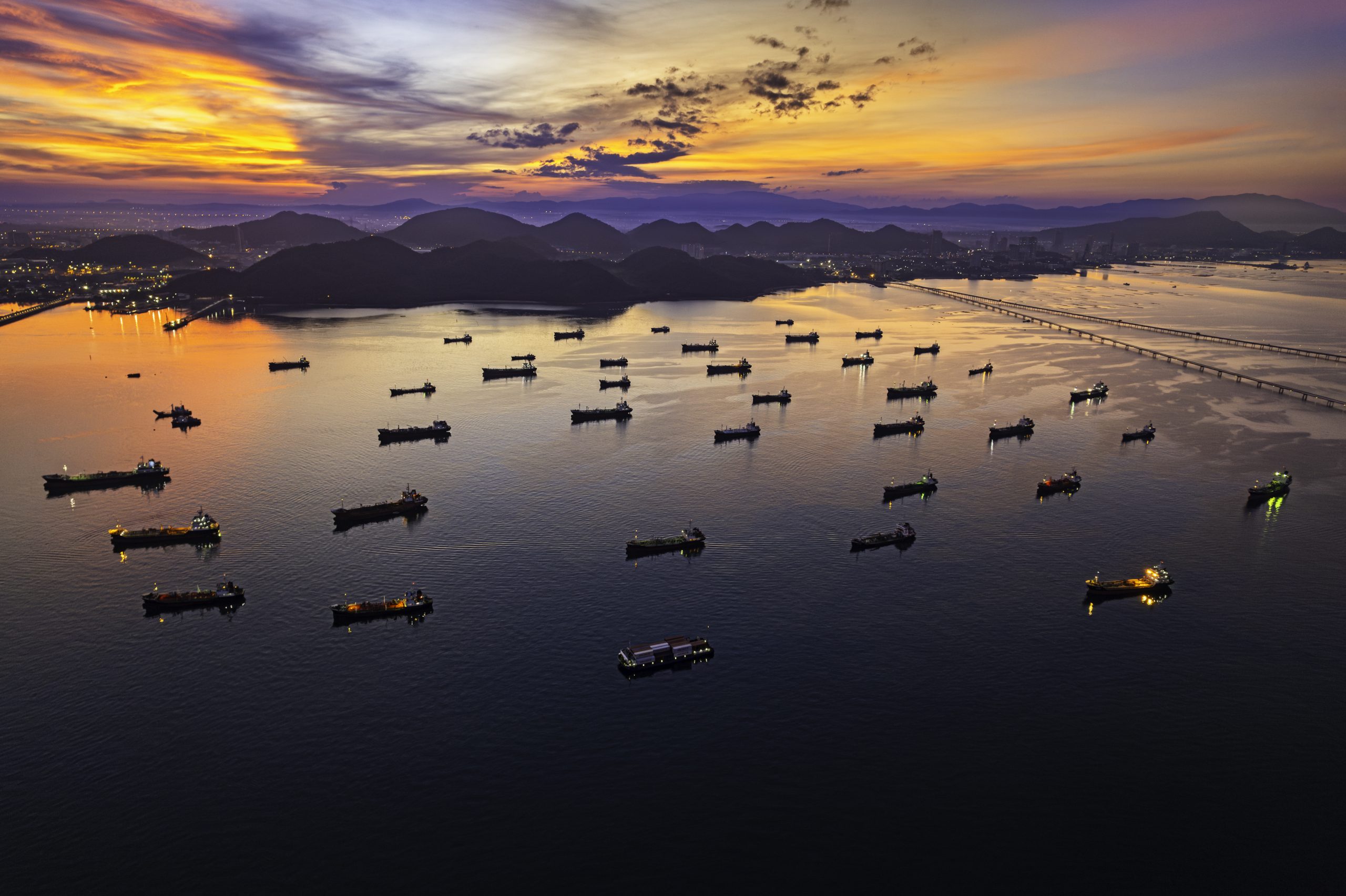
Faced with soaring costs that rippled across economies, governments around the world embraced the critical need for energy security in 2023, adopting a more pragmatic approach to achieving climate goals.
The world used more crude oil and coal in 2023 than anytime in human history, while global demand for liquefied natural gas (LNG) continued to grow as a vital fuel source, primarily in Europe and Asia.
Europe in particular stepped back from some of its more aggressive timelines for reducing its reliance on oil and gas, with some nations striking long-term supply deals for LNG, returning to burning coal, or renewing investment in oil and gas exploration.
Economic powerhouses China and India increasingly turned to coal to power their developing economies, spurring global growth of the most emissions-intensive fuel, while the U.S. maintained its lead as the world’s largest producer of oil and gas, setting new high water marks for both.
Canada, meanwhile, saw steady progress on some key energy projects, completing construction of the Coastal GasLink pipeline, achieving major milestones on the LNG Canda export terminal, seeing the Trans Mountain pipeline expansion near completion, and the approval of a new major oil sands project for the first time in five years.
The following is a recap of some of the key events from 2023, outlining how oil and gas have once again taken centre stage in the aftermath of Russia’s 2022 invasion of Ukraine, and the global energy crisis that it made worse:
January
- Japanese Prime Minister Fumio Kishida visits Canada to make a personal appeal for more access to LNG. Like German Chancellor Olaf Scholz just five months earlier, Kishida is essentially rebuffed by Prime Minister Justin Trudeau.
- The International Energy Agency predicts that global oil demand will reach a record high in 2023, an increase of 1.9 million barrels per day from 2022’s previous peak.
- With LNG emerging as a critical resource to deal with the lingering global energy crisis, the United States catches up to Qatar as the world’s largest exporter.
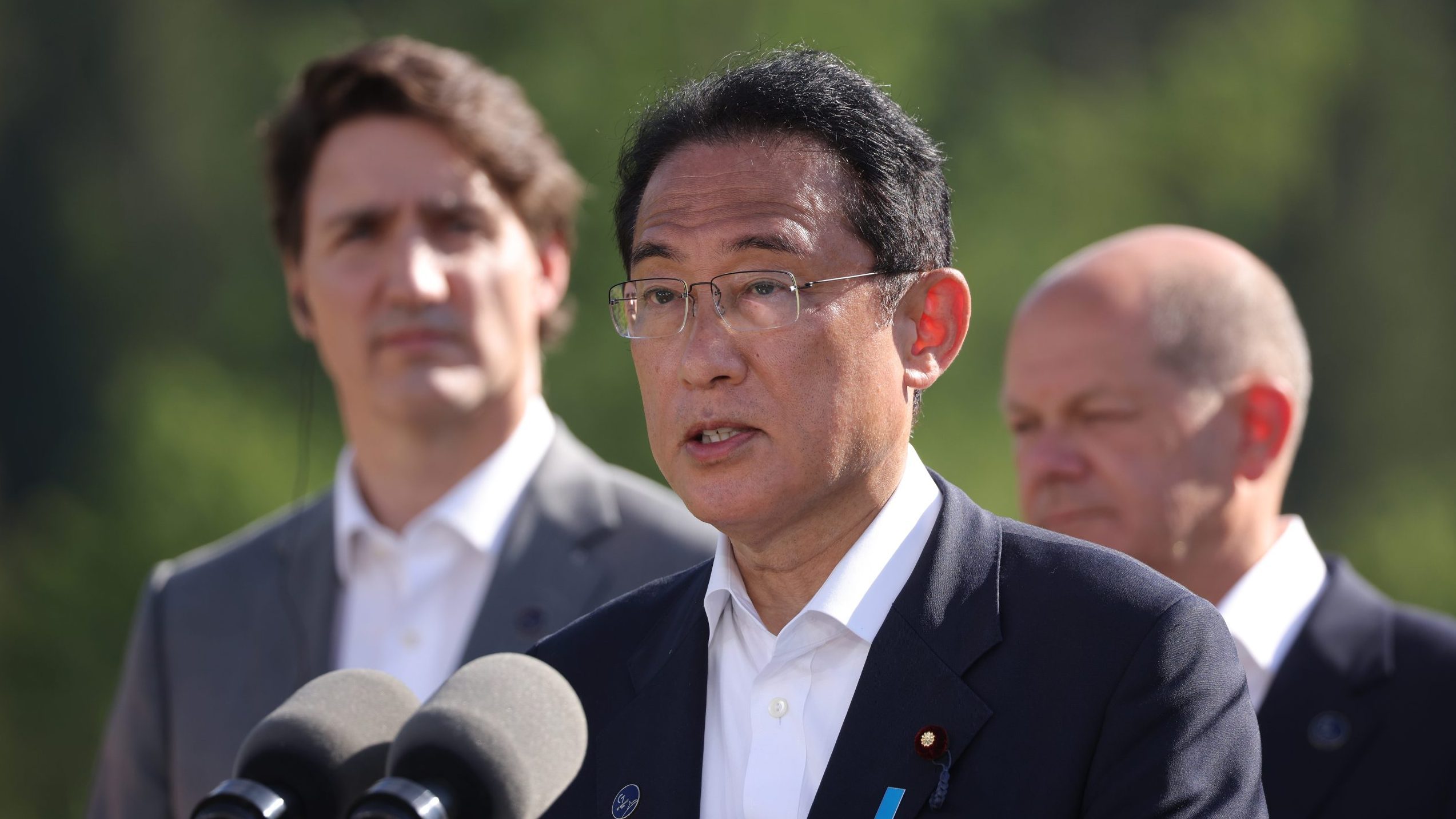
February
- India’s Prime Minister Narendra Modi projects his country will see demand for natural gas rise by 500 per cent while its share of global oil demand will increase from 5 to 11 per cent over the next 20 years. Meanwhile, India begins the search for long-term suppliers of LNG in an effort to reduce its reliance on coal.
- The bill for the 2022 energy crisis comes due in Europe, where it’s learned European governments shelled out nearly US$900 billion to shield households and businesses from its impacts. Germany, which was a world leader in transitioning to renewable energy led the way in efforts to blunt the energy crisis’ impact, handing out nearly US$300 billion in subsidies.
- Recognizing the rising global importance of reliable energy, Canadian oil producer IPC greenlights the first major new oil sands project in five years. The C$1.1 billion Blackrod project, which will be built to produce 30,000 barrels per day, is expected to be in operation by 2026. Meanwhile, Cenovus Energy filed an application to extend production at its Christina Lake oil sands project to 2079.

March
- China shows signs of economic resurgence after re-opening from its sweeping “zero-Covid” policies. The IEA projects China will account for nearly half of all projected growth in oil demand in 2023.
- In the U.S., the Biden Administration approves a massive new oil project in Alaska, expected to produce as much as 180,000 barrels per day of crude oil over the course of 30 years. The project is also estimated to create some $17 billion in revenue for the U.S. federal government.
- A new report by the UK-based Energy Transitions Commission finds that global investments in green energy would need to increase to $3.5 trillion per year in order to reach global net zero targets by 2050. That would add up to $110 trillion in new spending by 2050, more than the world’s current combined GDP.
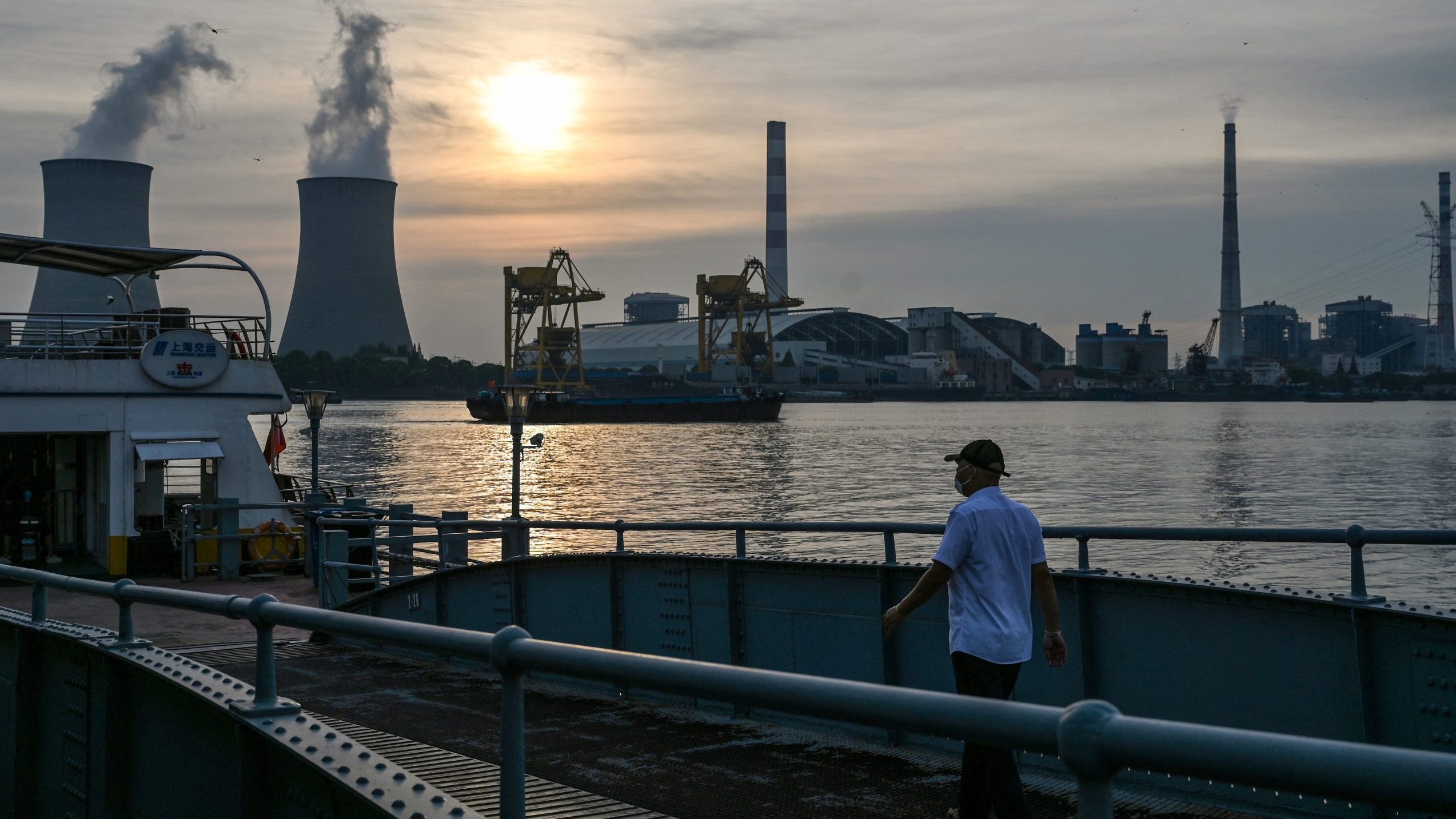
April
- Indigenous leaders involved in Canada’s energy industry meet with diplomats from several of Canada’s G7 allies to make the case for being at the table when it comes to helping provide the energy the world needs. With Indigenous communities playing crucial roles in developing Canada’s LNG capacity, participants said diplomats showed significant interest in building economic relationships.
- Leaders of the G7 meet in Hiroshima, Japan and agree that LNG will play an “important role” in helping navigate the global energy crisis and further investment in the industry is crucial. Despite pressure to agree to a full phase out of coal by 2030, the G7 will only agree to “accelerating the phase out of domestic unabated coal.”
- A global survey that polled over 24,000 people in 28 countries found that Canada was the number one choice for countries that import oil, citing Canada’s strong record of democracy and environmental safety compared to other major producers like Saudi Arabia and Russia.

May
- Recognizing the growing need for energy security across Europe and the world, Norway says oil and gas companies have a “social responsibility” to find more oil and natural gas resources in the northern Barents Sea adding they should “leave no stone unturned” in the pursuit of the critical resources. A month later Norway approves $18.5 billion to develop 19 offshore oil and gas projects.
- Skyrocketing demand for oil, led primarily by China’s economic surge, forces the IEA to recalculate its predictions for the year, upgrading its demand growth estimate to 2.2 million barrels per day to further increase record usage around the world.
- Canada’s Public Policy Forum estimates phasing out the country’s oil and gas industry in an effort to reduce emissions will lead to the loss of some $100 billion to the nation’s economy by 2050, with Alberta bearing the brunt of the blow. “This essentially amounts to a deep recession without a recovery ever materializing,” the authors wrote.
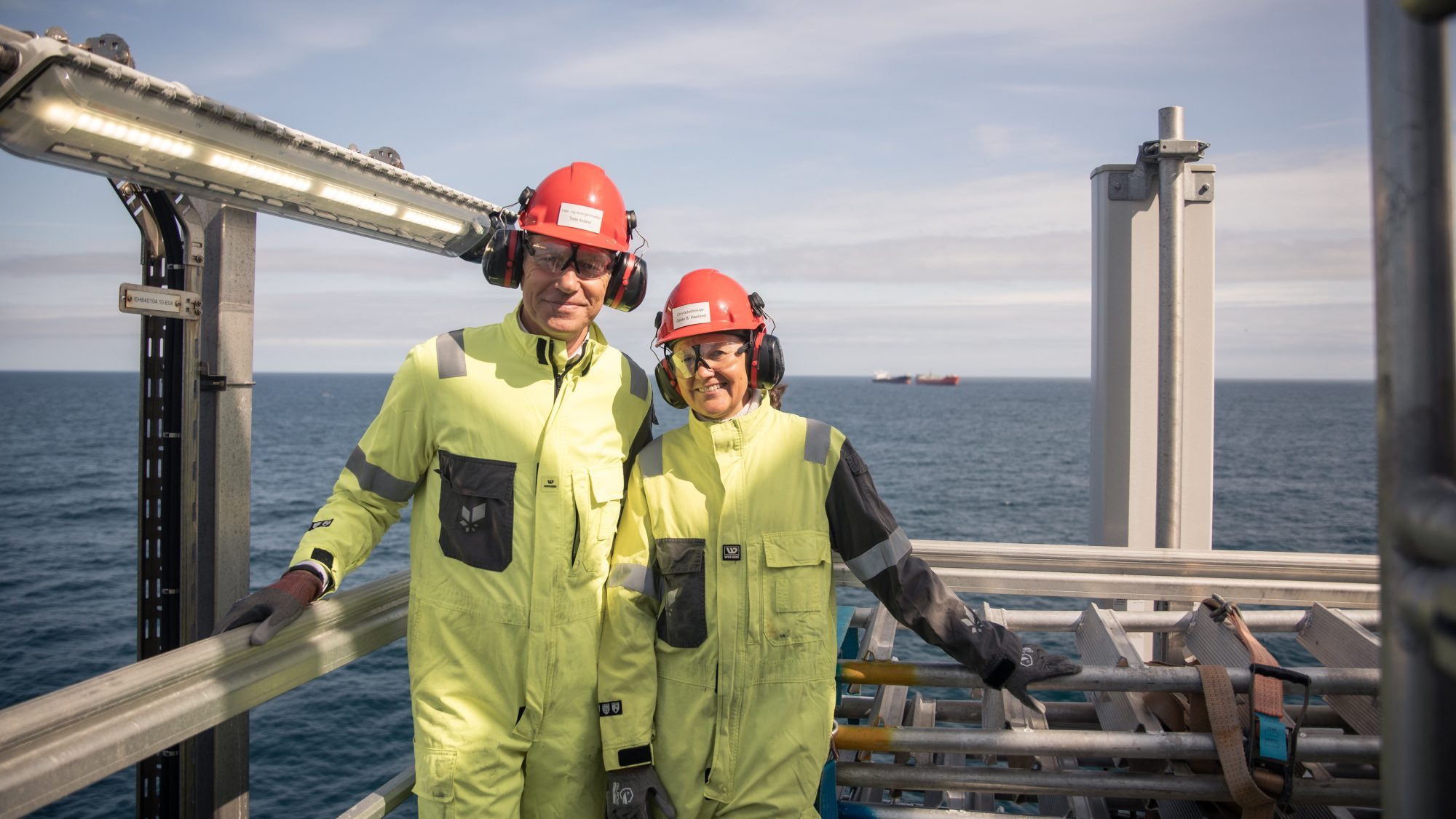
June
- Qatar signs the first of several long-term LNG deals it will sign in 2023. Staring with two 27-year agreements to supply China with LNG, the Middle East supplier then signs another 15-year agreement with energy-starved Bangladesh.
- Despite Western sanctions, Russian oil companies see gasoline exports jump 37 per cent compared to 2022 thanks to new customers in Africa and Asia. Meanwhile, China’s crude oil imports from Russia soar to a record high.
- The annual Statistical Review of World Energy shows that record increases in solar and wind installations in 2022 failed to make a dent in the dominance of oil and gas in the global energy mix. Even with a record increase of 266 gigawatts of new renewable capacity, oil,gas and coal continued to represent 82 per cent of global energy consumption.
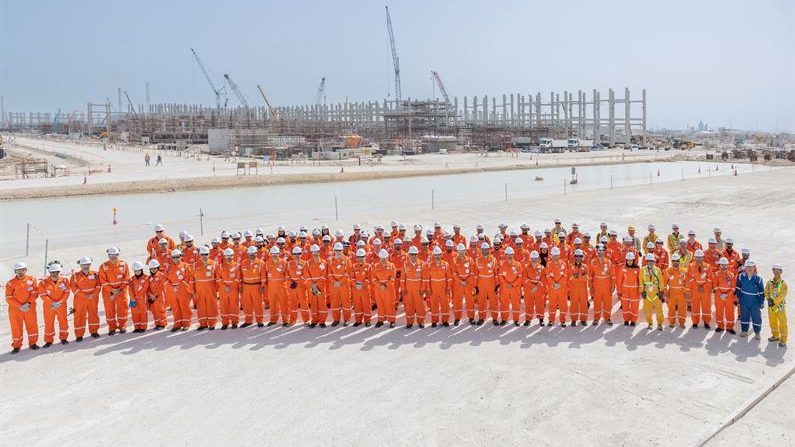
July
- The U.K. announces it will grant hundreds of new licences for oil and gas exploration in the North Sea in an effort to ensure energy security. Prime Minister Rishi Sunak says even if the U.K. achieves net zero by 2050, oil and gas will still be used for at least a quarter of its energy needs.
- Japan, one of the world’s largest energy importers, calls for the creation of a global emergency reserve for natural gas to avoid future shortages and price spikes.
- With rising global demand for LNG, the CEO of QatarEnergy predicts the tiny Middle Eastern nation will supply some 40 per cent of new LNG coming to market by 2029 as the U.S. works to significantly ramp up its industry.
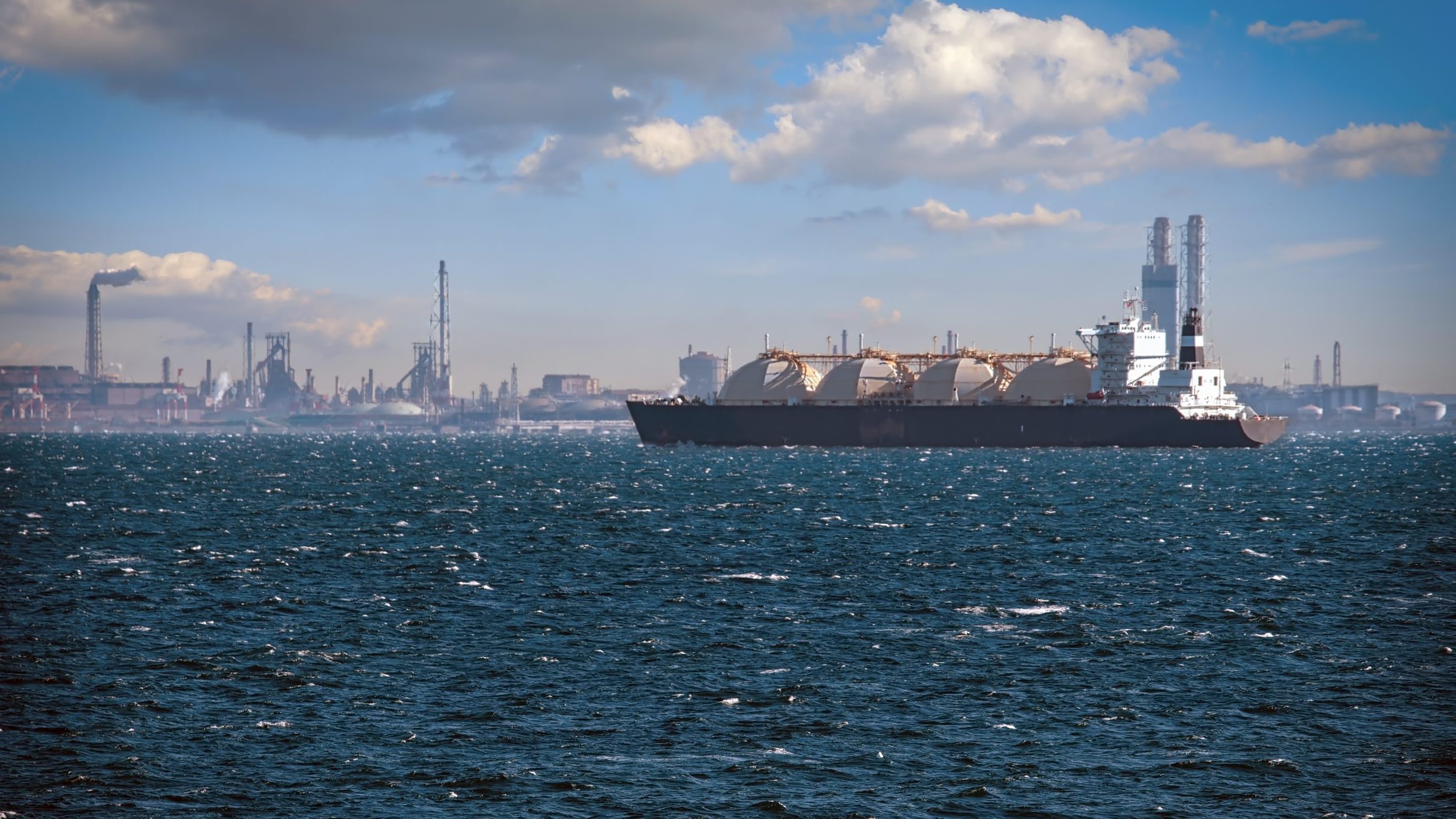
August
- Independent researchers announce that China continues to ramp up coal power use, permitting 52 gigawatts of new capacity over the first six months of 2023. The additional plants would increase China’s coal burning capacity by 23 per cent.
- Independent analysis by S&P Global finds that Canada’s oil sands emissions remained flat in 2022, despite production growth, a positive sign that measures to reduce emissions are working.
- For the second year in a row, Pakistan is forced out of the pricey LNG market, putting the impoverished country at high risk of a national energy crisis.
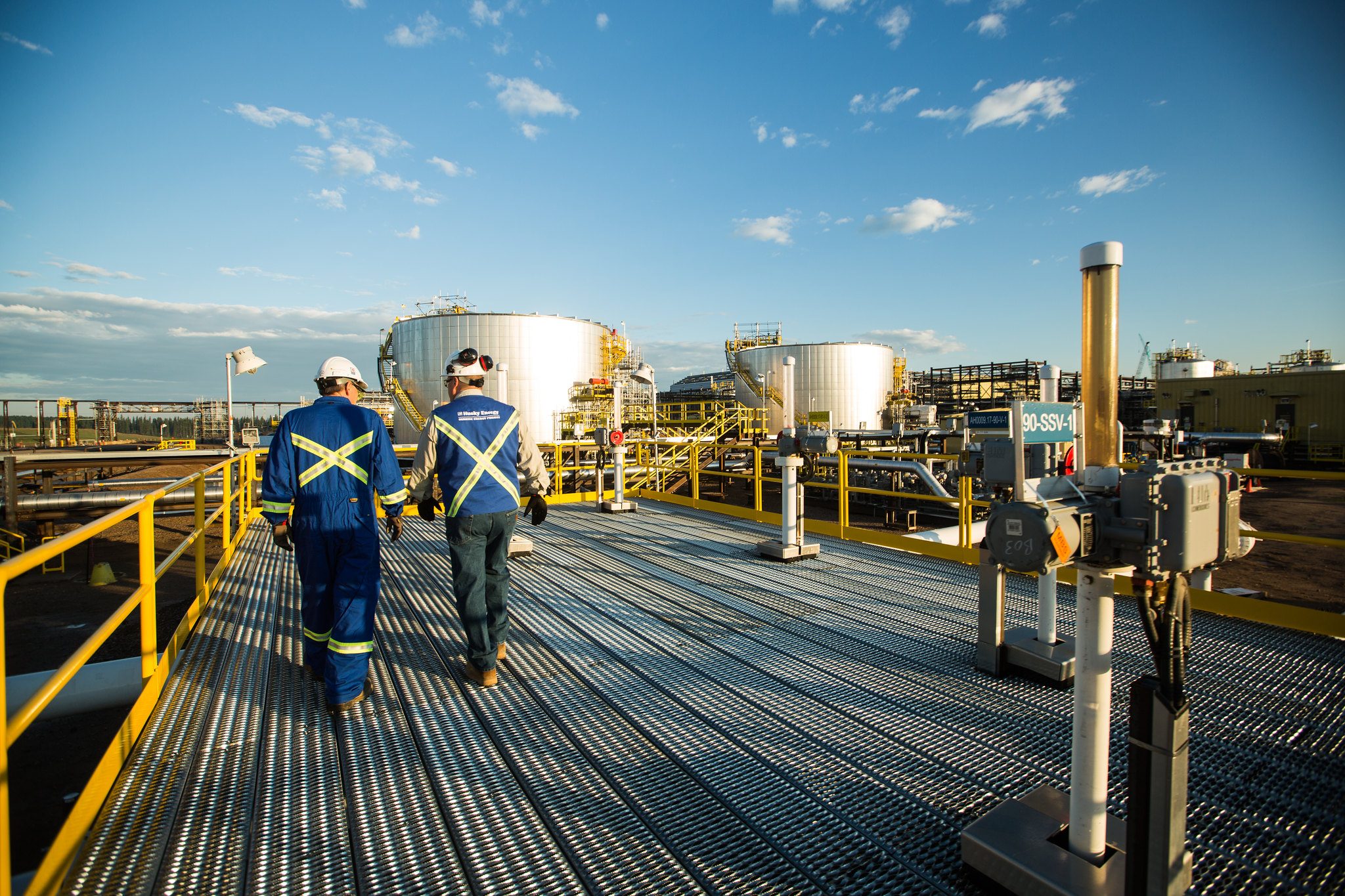
September
- Meeting in India, leaders of the G20 highlight the importance of energy security, and while agreeing to triple renewable capacity by 2030 avoid any language calling for a phase out of fossil fuels. Fault lines emerge between the West and developing nations that want to harness oil, natural gas and coal to grow their economies.
- The IEA releases its updated road map for reaching net zero, suggesting global demand for fossil fuels will peak before 2030. The stance is blasted by OPEC as one that could lead to global “energy chaos” and ignores the IEA’s own acknowledgement that one the world’s current trajectory, oil, gas and coal will still account for 62 per cent of the world’s energy mix in 2050, compared to 78 per cent in 2021.
- Saudi Aramco, one of the world’s largest oil producers, announces its intention to enter the burgeoning LNG industry, buying a minority stake in MidOcean Energy, which is looking to obtain stakes in four Australian LNG projects.
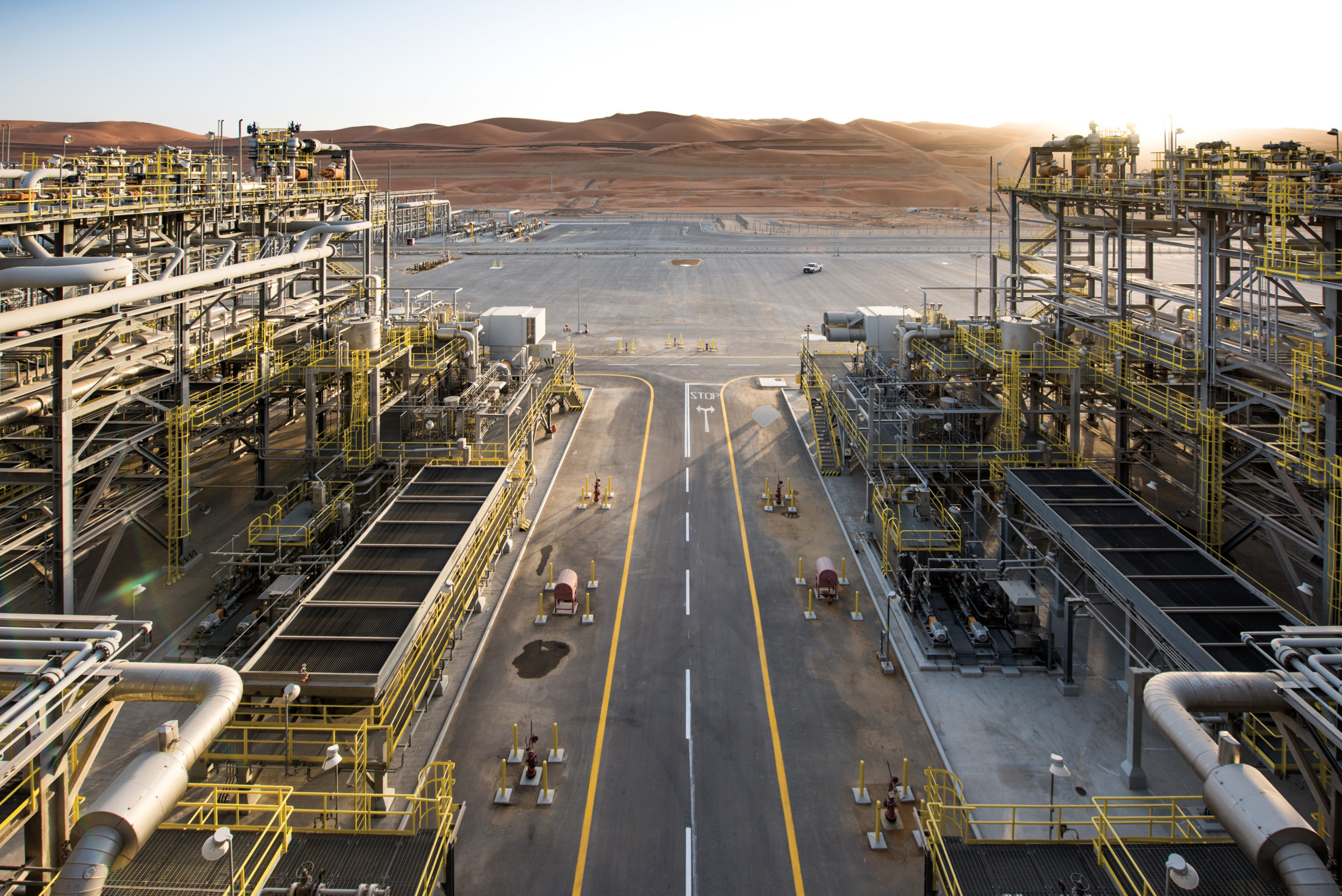
October
- Qatar officially breaks ground on the world’s largest LNG project, which will expand its production capacity from 77 million tonnes per year to 110 million tonnes per year. The groundbreaking coincides with three new 27-year LNG supply agreements with France, Italy and the Netherlands.
- In its annual World Oil Outlook, OPEC warns the world will need $14 trillion in new investments in the oil sector by 2045 to ensure market stability and reduce the likelihood of energy shortages and economic chaos.
- The U.S. eases sanctions on Venezuela’s oil sector in exchange for the promise of free and fair elections for the South American dictatorship. Less than two weeks later, Venezuela’s supreme court suspends the results of an opposition party’s primary ahead of a 2024 national election.

November
- Three years after shovels first hit the ground, TC Energy announces it has reached mechanical completion of the Coastal GasLink pipeline. The 670-kilometre will be a critical piece of infrastructure for Canada’s developing LNG industry.
- Despite its earlier World Energy Outlook suggesting a looming peak for oil demand, the IEA revises its prediction for 2024, estimating global demand for oil will reach a new record high of 102.9 million barrels per day next year. A more bullish OPEC predicts oil demand will reach 104.4 million barrels per day in 2024.
- The U.K. government says it’s working toward legislation that would make annual oil and gas licensing rounds for the North Sea mandatory if the country is set to import more oil and gas than it produces domestically.
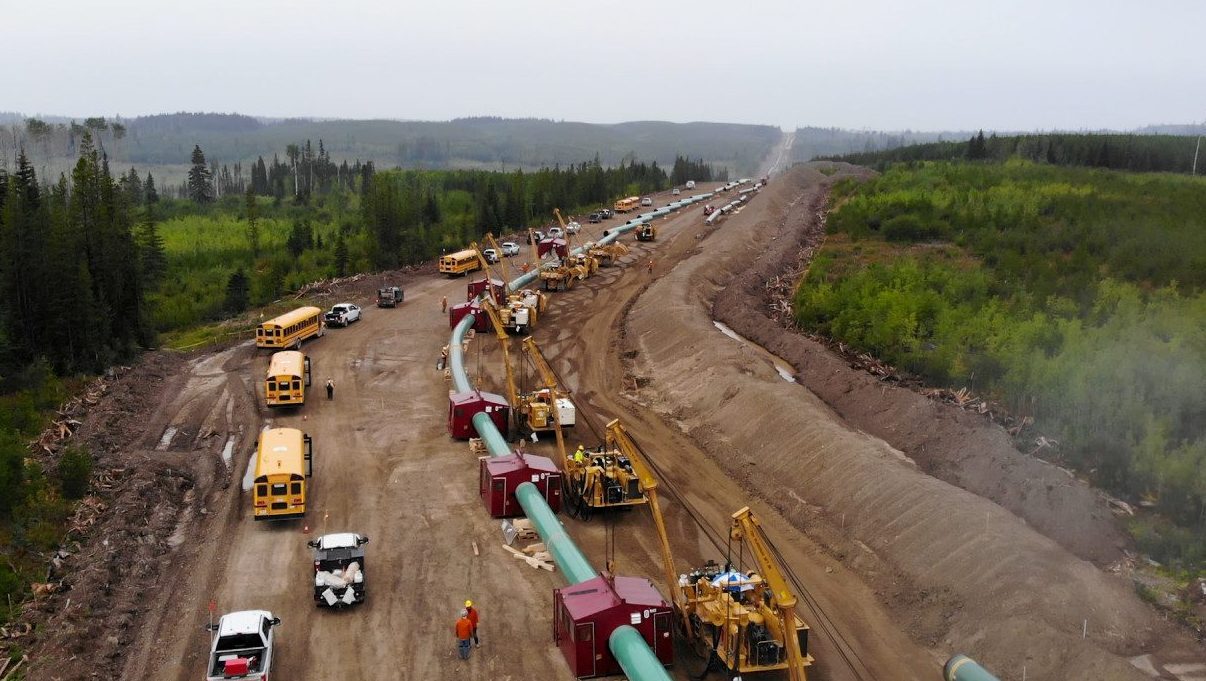
December
- World leaders leave COP28 in Dubai agreeing to eventually transition away from fossil fuels, aiming to reach carbon neutrality by 2050. But a key inclusion calls for the acceleration of low- and zero-emission technology like carbon capture and storage, an innovation in which Canada is a global leader.
- Fresh off the U.S. lifting sanctions on its oil industry, Venezuela claims sovereignty over an oil-rich region of neighbouring Guyana – accounting for about two-thirds of its territory – after ignoring ongoing proceedings in the International Court of Justice to settle the long-standing dispute.
- Russia says its crude oil exports will be seven per cent higher than in 2021 despite ongoing sanctions from the West. After losing most of its European customers, Russia reports that China and India now account for more than 90 per cent of its crude oil exports.

The unaltered reproduction of this content is free of charge with attribution to Canadian Energy Centre Ltd.